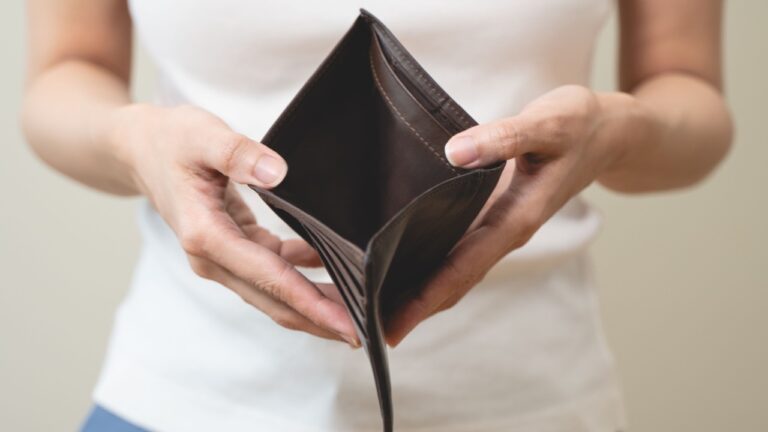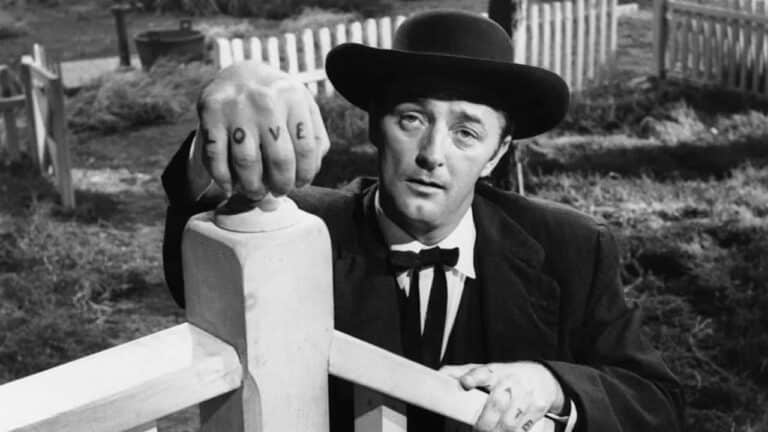14 Low-Maintenance Outdoor Container-Friendly Plants
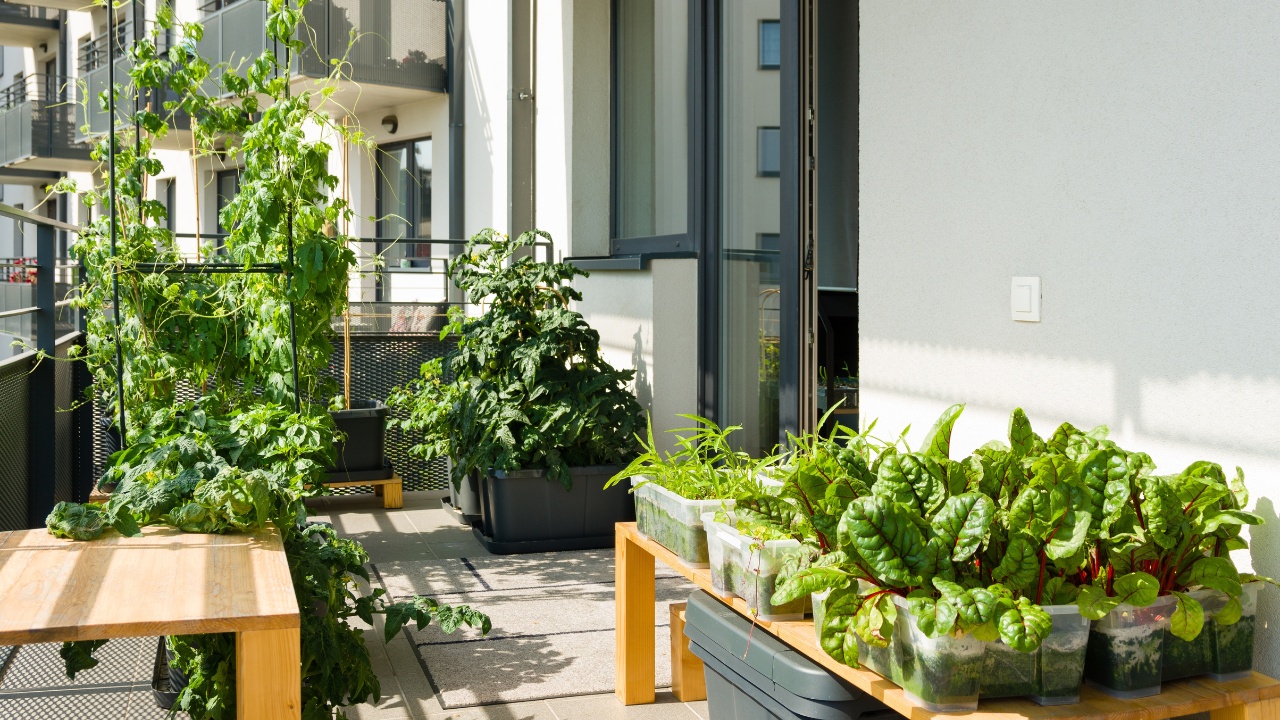
If you have a tiny yard, maybe even a balcony garden, you need to look for small plants with restricted growth. Anything that can be kept in a container is ideal in these circumstances.
Container-friendly plants may be small, but they are no less beautiful than others that can spread across your entire space. Identifying and arranging these plants can transform your garden.
The suggestions here cover a range of different plant species, depending on your preferences, but each is ideal for outdoor containers.
Lavender
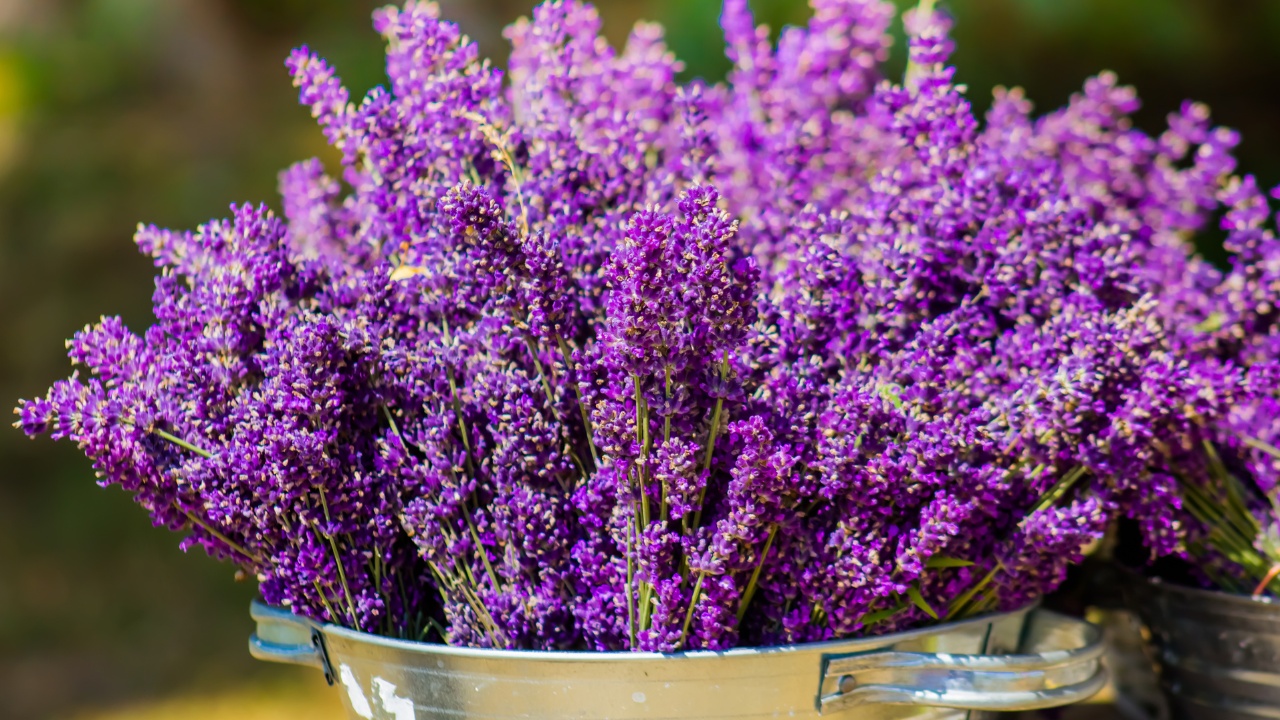
Lavender is a very versatile plant and you can even have it inside the home, where the calming scent can aid a good night’s sleep. In the outdoors, lavender is relatively easy to grow, and it is ideal for small spaces.
It’s best in sunny spots, and it can tolerate drier conditions. While the scent helps to keep unwanted insects away, it also attracts pollinators in a win-win situation.
Tomatoes
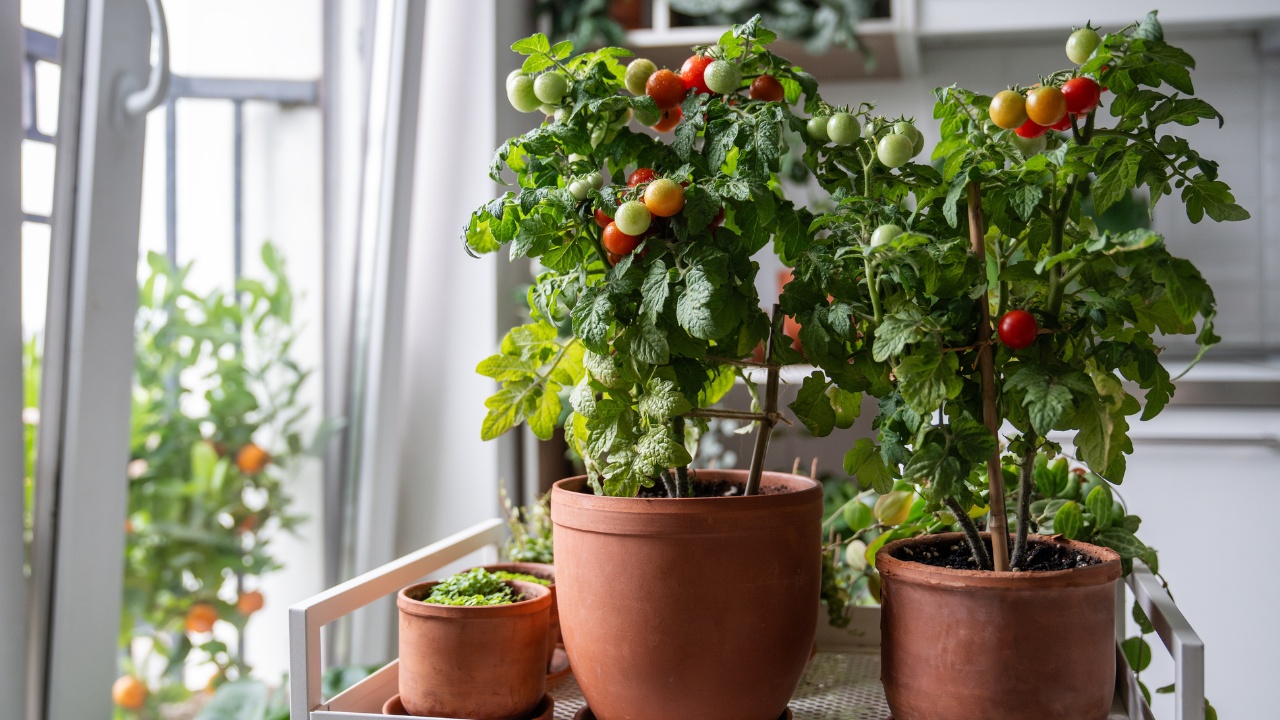
You can also use container plants to grow produce. Nothing tastes better than your own harvest, and there are lots of options to try. Chili plants are worth attempting, but if you don’t live in a hot climate, these are better placed indoors on a sunny windowsill.
As an outdoor fruit, the tomato is a good choice for beginners. They grow well in most soils and are small enough to flourish in an outdoor container. Keep them watered regularly and don’t let that soil dry out.
Rose
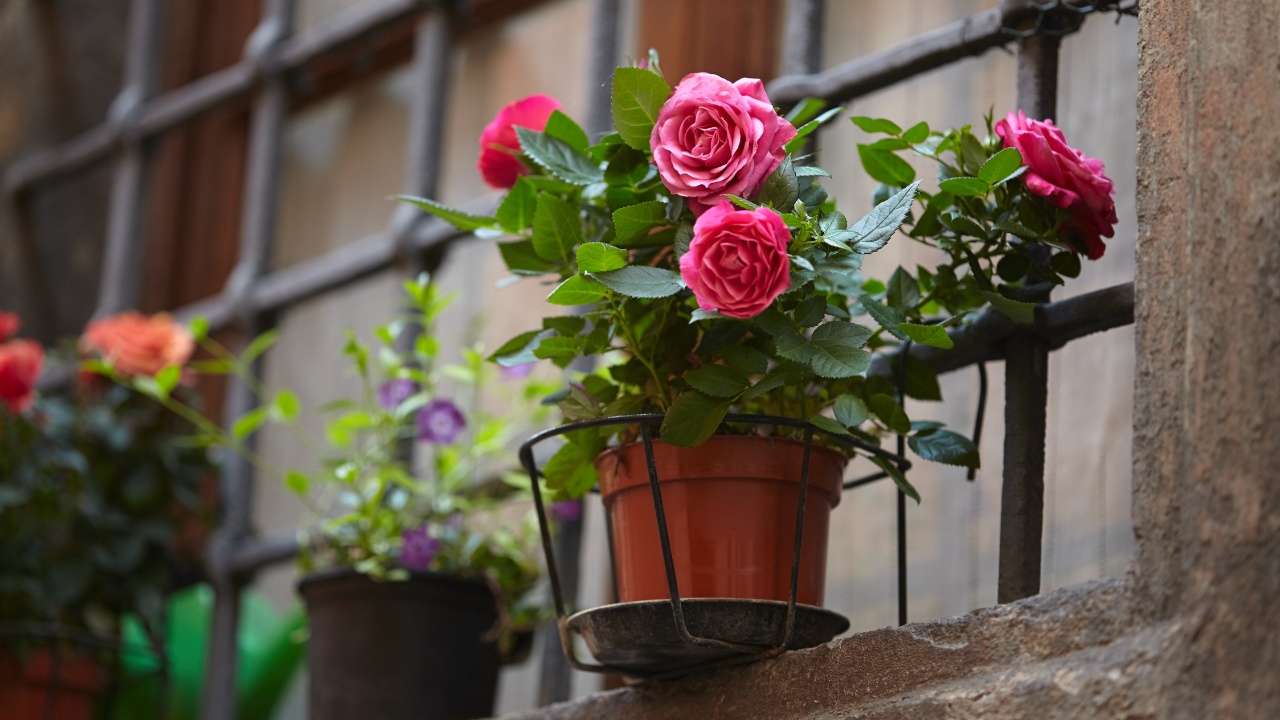
You may consider a rose as a plant left to grow freely, but it’s actually better when it’s restricted. Using trellis and fencing helps keep the leaves and flowers under control, while a container is an ideal base.
Many species of rose are bred for container gardens, so just because you have a small space, it doesn’t mean you can’t enjoy their colors. Look for miniature and shrub varieties for optimum container growth.
Mint
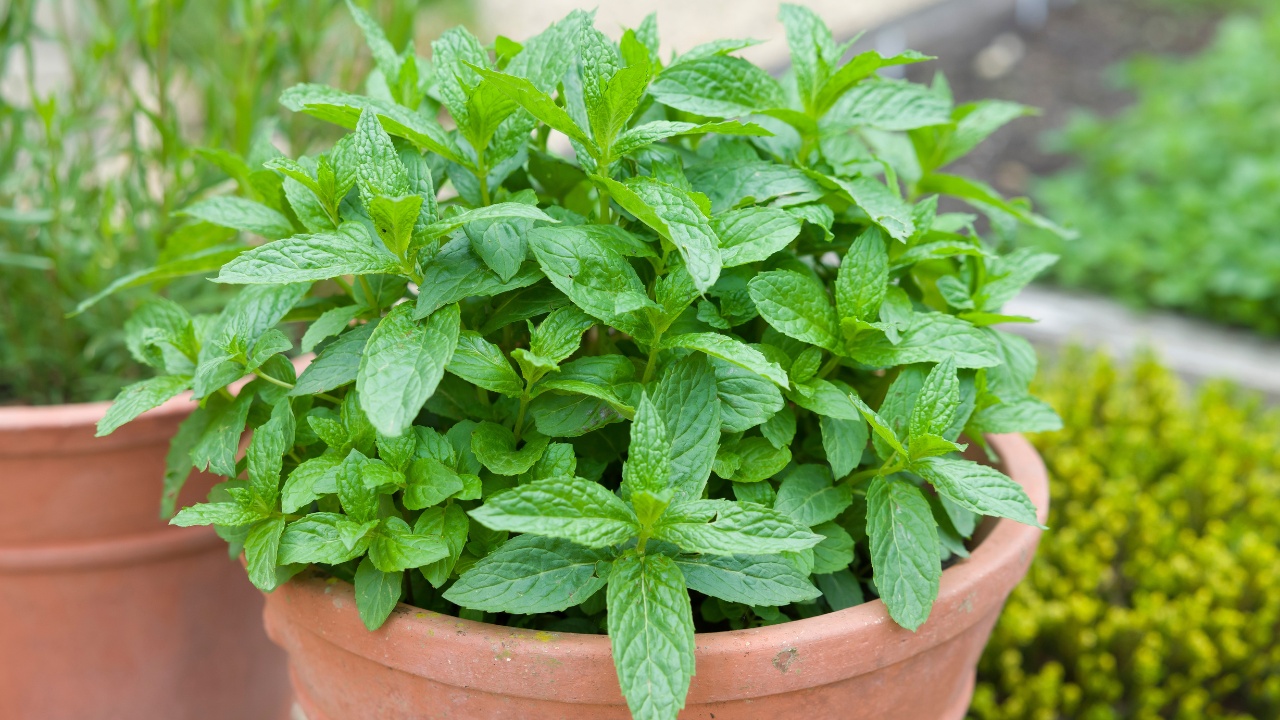
Not only is mint ideal for containers, but it’s also recommended to restrict its growth. This is an invasive herb, and when planted out in the open, it can take over your space. As the leaves grow outwards, more roots develop and attach to the soil.
When planted in a container, mint can be kept under control, and this is a versatile herb that can be used in many dishes, together with teas and even cocktails!
Fuchsia

Fuchsia is a personal favorite of mine due to the many different, vibrant colors that this plant can deliver. It’s also very versatile and looks particularly attractive trailing down from hanging baskets.
This attractive plant is more regularly grown in containers where the flowers can bloom into the late weeks of the fall season. Another plant that attracts bees, fuchsia ticks a lot of boxes for the home gardener.
Camellias
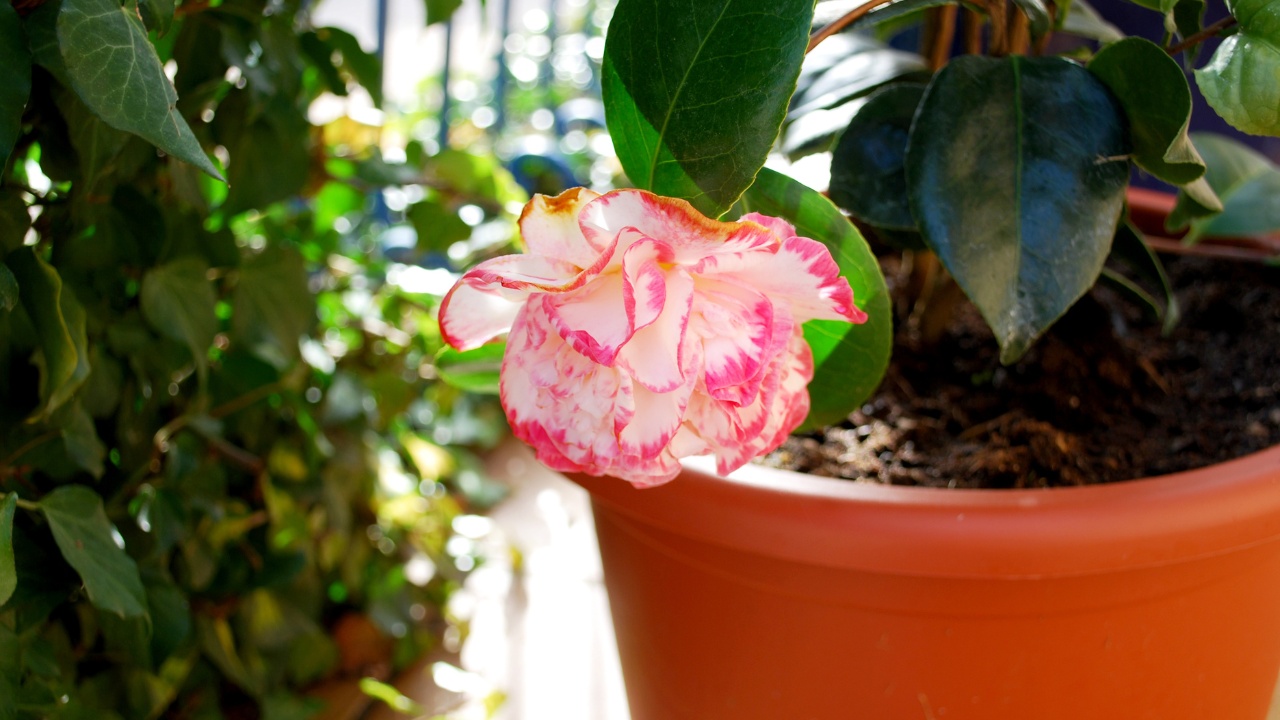
The camellia is an attractive plant and if you have a shady outdoor area, it can be a perfect choice. They flower in early spring, and the bloom often resembles that of a rose, but without the thorns!
Camellias like ericaceous compost which is relatively high in acidity. Don’t worry; it’s readily available in garden centers, and when combined with those shady conditions, the camellia should flourish.
Lamb’s Ear
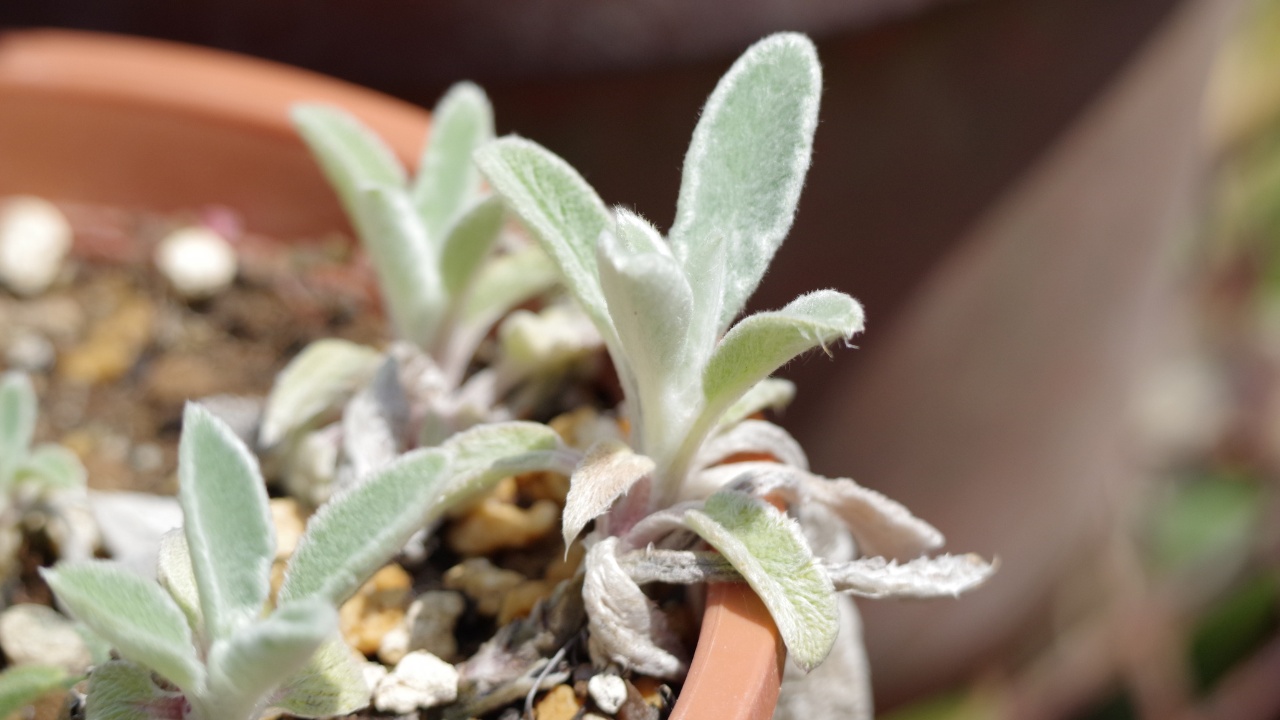
Anyone looking for a little contrast in their garden could consider this charming plant. Lamb’s Ear is so called because of the shape of the silvery leaves that develop. They are fascinating and are covered in fine hairs that retain moisture. This aspect makes the plant tolerant to drought conditions.
Lamb’s Ear is all about those curious leaves. Aim to grow them around flowering plants to provide that interesting contrast around your yard.
Dwarf Lavatera
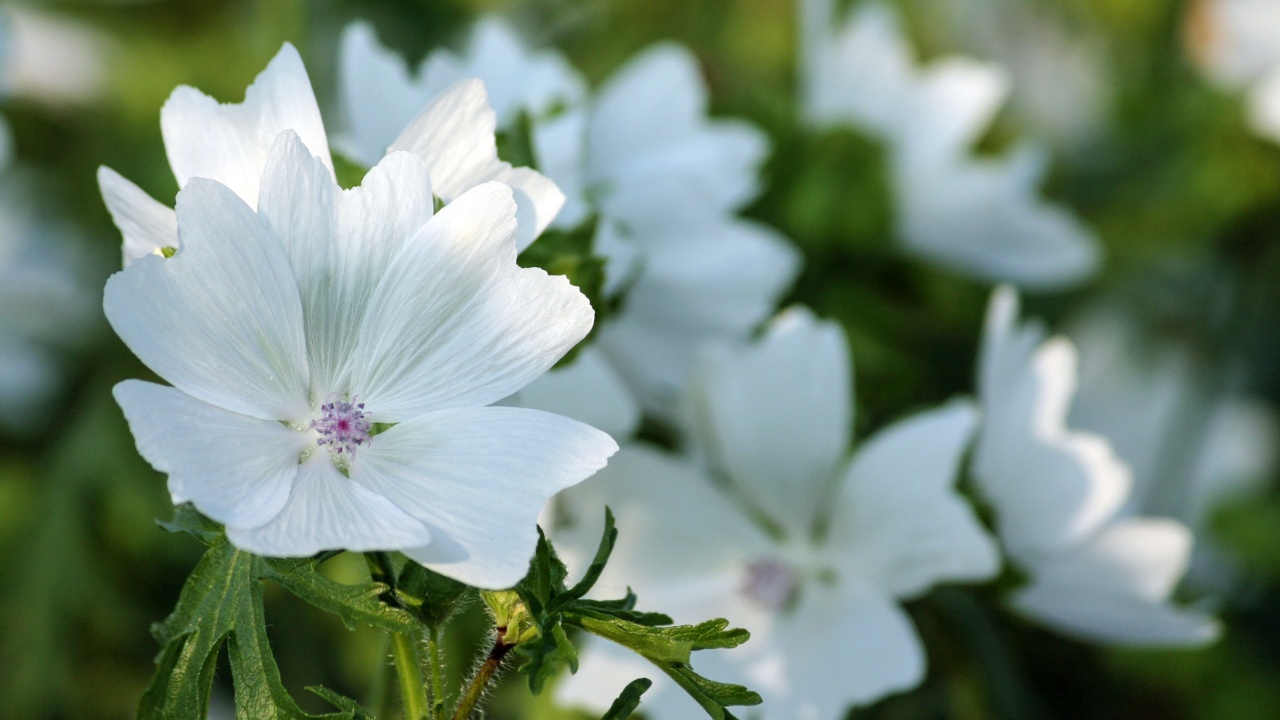
The clue is in the name, and any plant with the prefix “dwarf” is likely to be ideal for container gardens. Traditionally, the lavatera grows to considerable heights, and it isn’t suitable for smaller areas.
It has beautiful flowers, and a dwarf variety has been bred so that everyone can enjoy it. Lavatera requires minimal maintenance and has long stems with pink flowers that will attract those pollinators.
Agapanthus
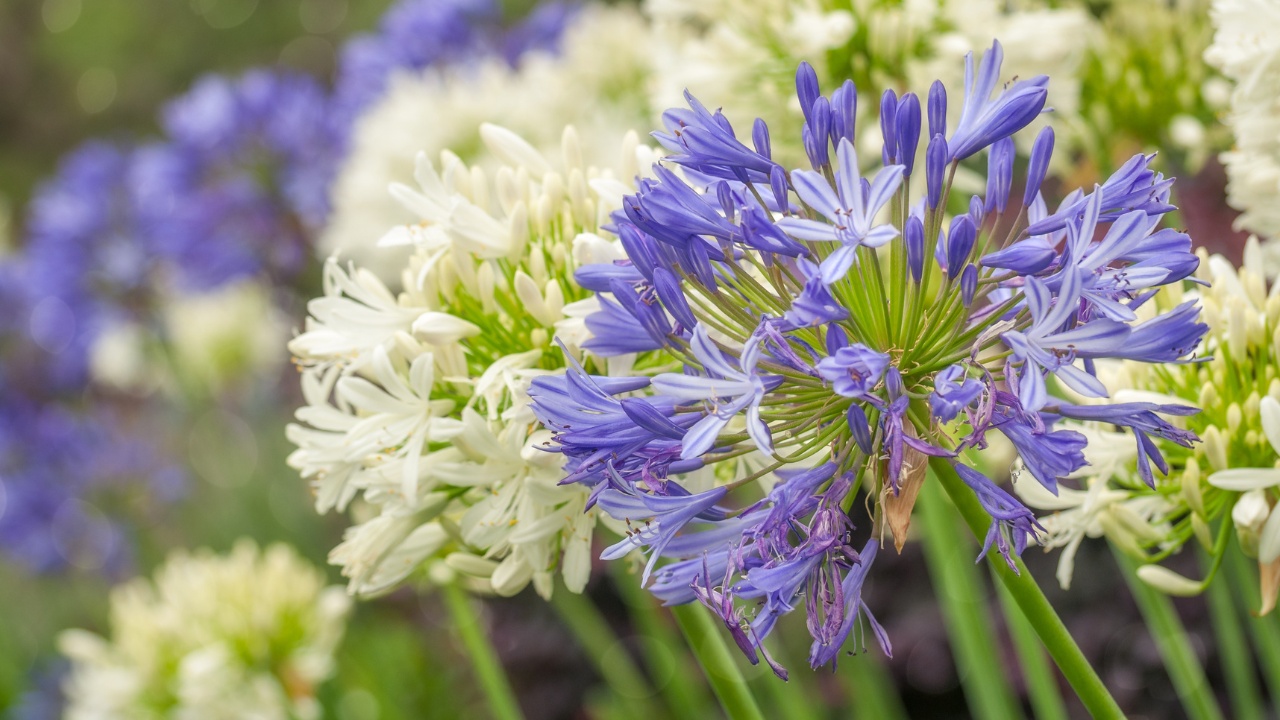
If you’re looking for a focal point among your containers, agapanthus can provide the solution. The vibrant, deep blue color will definitely make them stand out, and this is another ideal plant for a smaller space.
Agapanthus has roots that grow best when restricted, so they may flourish better in a container pot. They may need a little more compost or fertilizer than other plants, but they are not needy. A little watering in summer will keep those delightful flowers looking their best.
Tulips
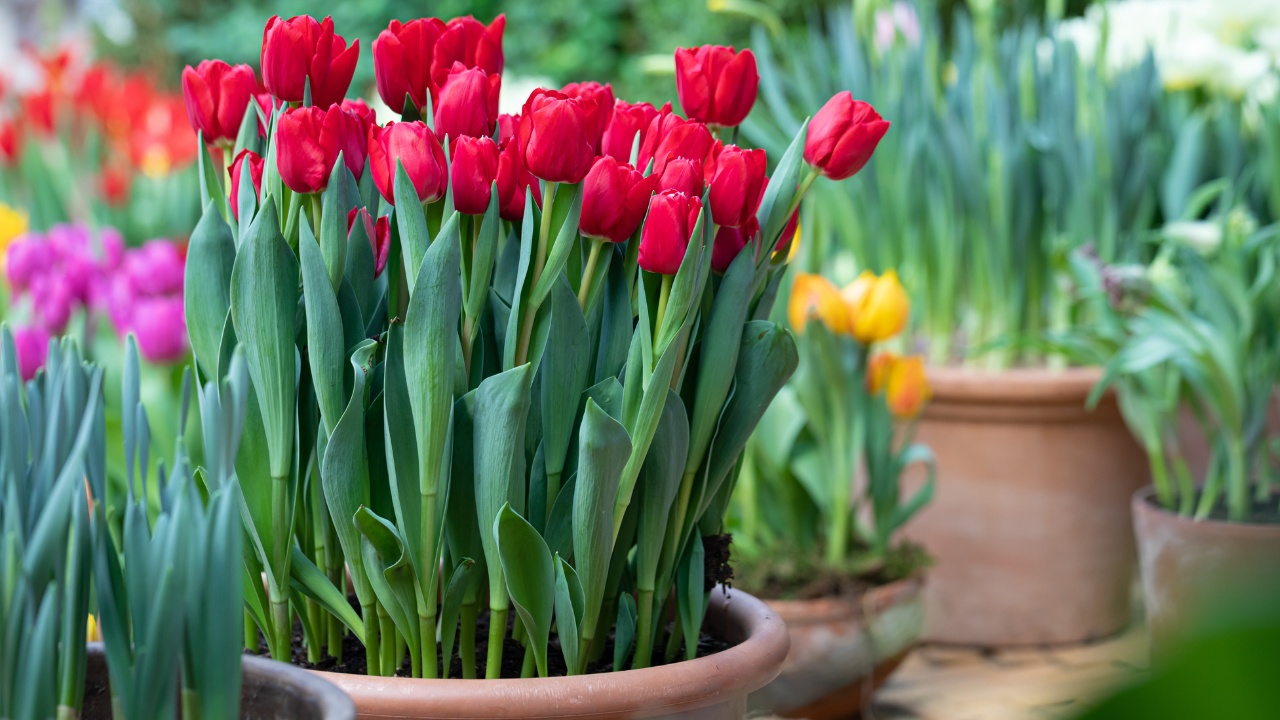
There is a theory that the tulip is the world’s best-loved flower. If they are a favorite of yours, you shouldn’t miss out just because you have a small yard. Tulips can be grown in pots, and while the initial planting process can be tricky, they are low maintenance once they are in.
Drainage is key, so you must have holes at the bottom of your container. Add some small rocks before planting the bulbs into compost. Follow the clear instructions, and you should be rewarded with some beautiful blooms.
Rosemary
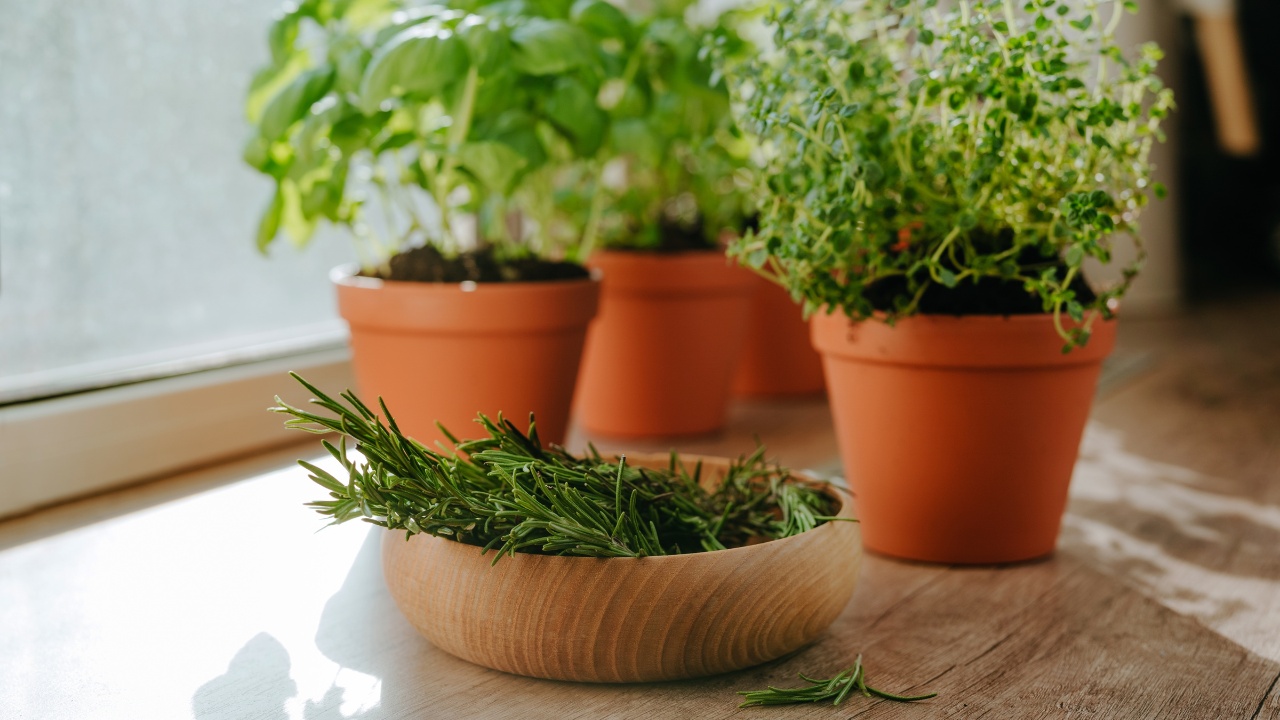
Some plants have the ability to “tolerate neglect.” This means you can generally leave them and they will grow no matter what the conditions. Many houseplants have this quality, but it’s rarer to find outdoor choices.
Rosemary is an exception. It’s a hardy plant that grows in most soils, and while it thrives, it rarely gets out of control. This herb divides opinion, and not everyone enjoys its strong scent, but if you are a fan, it’s another ideal container plant.
Ornamental Cherries
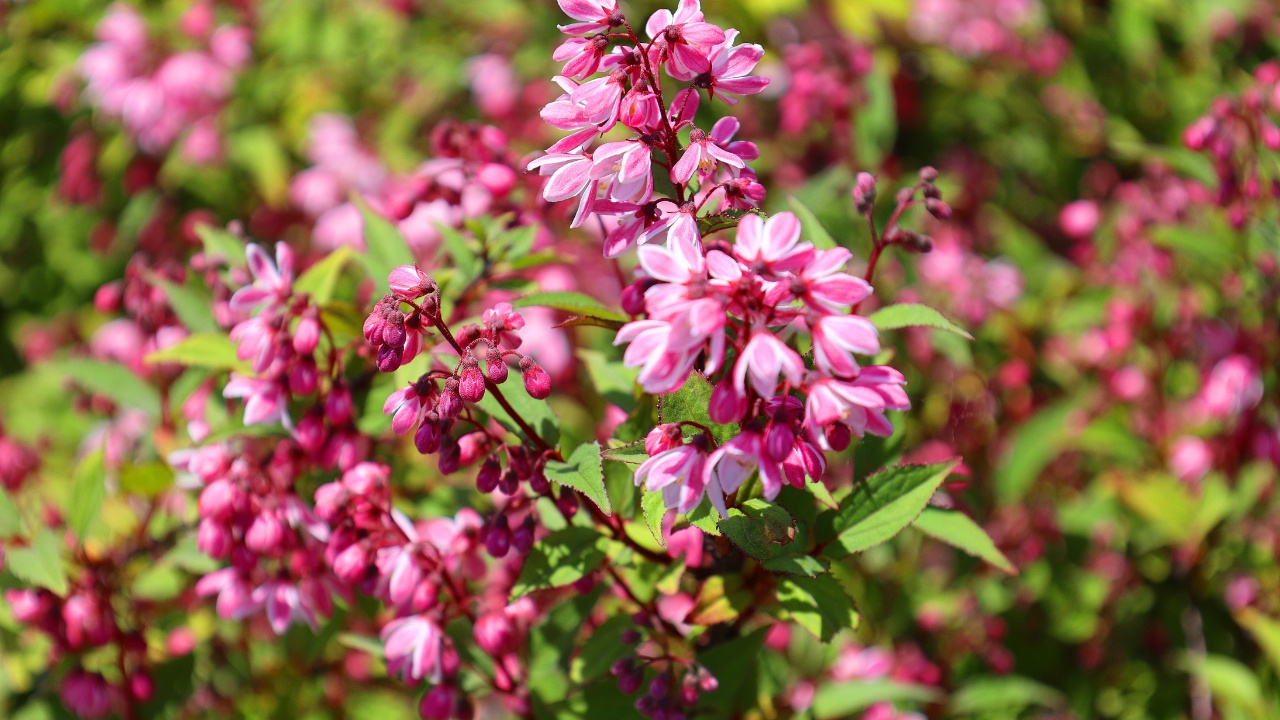
Nothing announces the arrival of spring better than cherry blossom. Those who struggle with the dark and cold months are boosted by the confetti-like blooms that tell us warmer times are on the way.
You don’t have to grow a large tree to enjoy this effect. Ornamental cherries can be grown in containers and they will look spectacular in the spring months. The blossom may not be as bountiful, but you can still experience the joy that the onset of spring delivers.
Cactus and Other Succulents

Succulent plants are defined as having thick leaves that absorb moisture. Cactus is the most popular variety, but there are other options. Most succulents are grown as houseplants, but they can be cultivated outdoors, and look great against a gravel backdrop.
They will thrive in dry conditions, and definitely tick the box as a low-maintenance container plant. They don’t, however, like waterlogged soil, so make sure they have plenty of drainage.
Dwarf Foxglove
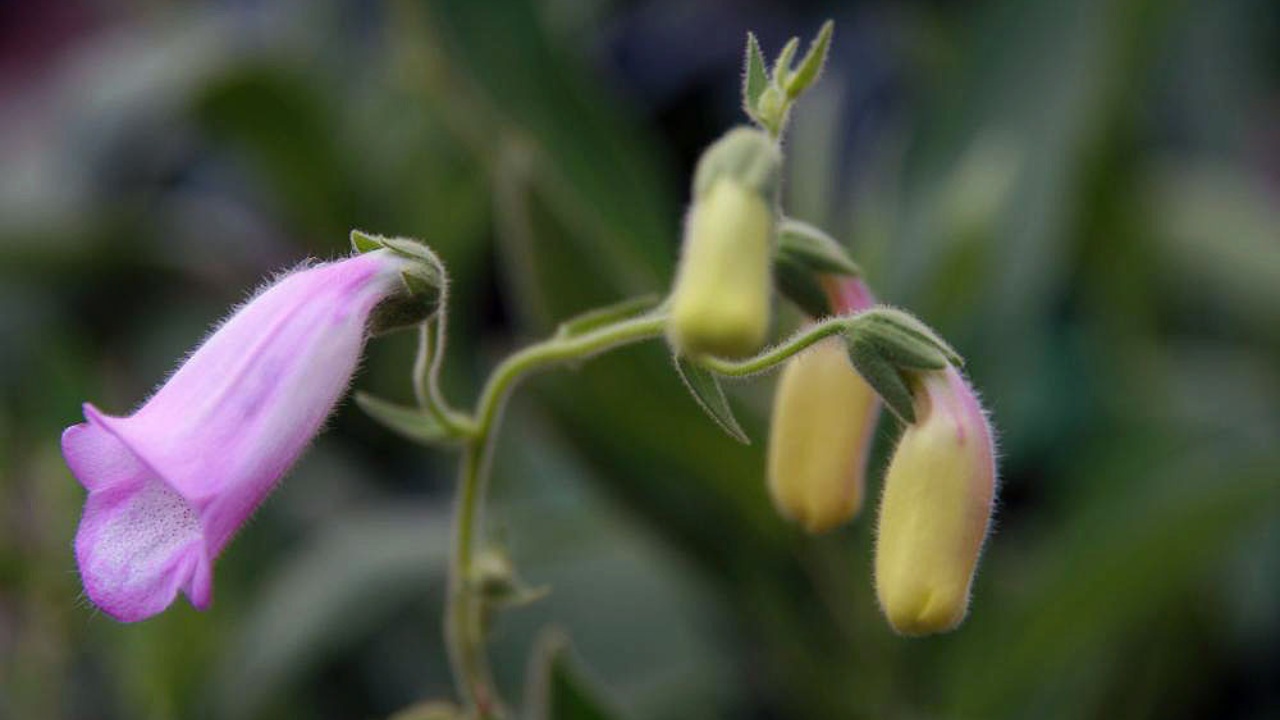
We’ll finish this roundup with another dwarf version of a popular garden flower. Regular foxgloves need plenty of space, and they are self-seeding, meaning that their seeds will disperse and grow in other parts of your yard.
If your space is restricted, you can still grow this popular plant. Its glove-shaped flowers are striking, but they also offer protection to visiting bees who would love you to grow foxgloves in your garden.
